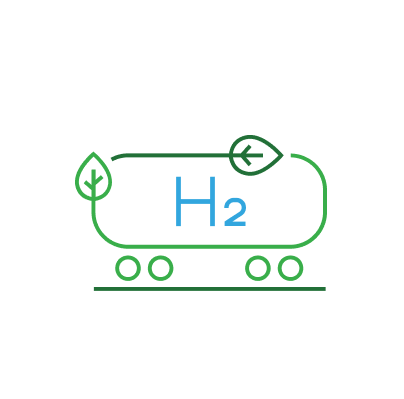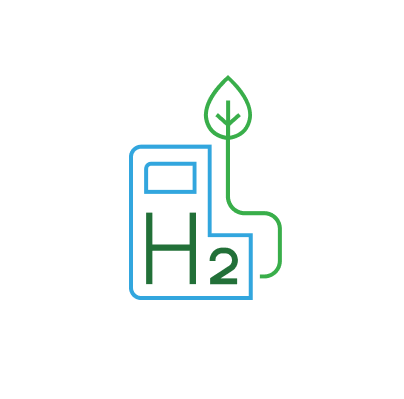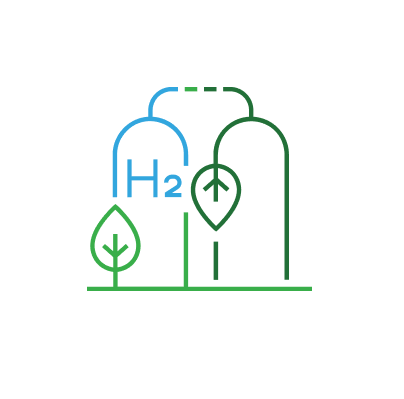Hydrogen Safety Resource Center
Welcome to the Hydrogen Safety Resource Center! Our mission is to provide accurate and reliable information on the safe handling, storage, and transportation of hydrogen fuel. Hydrogen has the potential to be a clean and renewable energy source, but it must be handled with care to ensure the safety of people and property.
This resource center is designed to be a one-stop shop for information on hydrogen safety, including infographics, one-pagers, videos and more.
Hydrogen Safety Videos
Hydrogen Safety: Small Scale Hydrogen Production
CGA | November 2, 2023
Hydrogen Safety: Transportation & Storage
CGA | July 20, 2023
Hydrogen Safety: Vent Stacks
CGA | Aug 3, 2022
Hydrogen Safety 101: The Basics
CGA | Sept 16, 2022
Safely Accelerating the Future of Hydrogen
CGA | Nov 28, 2022
Hydrogen Safety: Roofs Over Hydrogen
CGA | Aug 3, 2022
Downloadable Resources
Addressing Safety Considerations: The Standards
Unlocking the potential of hydrogen energy by developing safety standards and fostering their adoption across the interconnected global economy. Our motto; safety is step one.
Frequently Asked Questions
What is the Compressed Gas Association?
Founded in 1913, the Compressed Gas Association (CGA) is dedicated to the development and promotion of safety standards and safe practices in the industrial, medical, and food gases industry. CGA represents more than 140 member companies including manufacturers, distributors, suppliers, and transporters of gases, cryogenic liquids, and related products and services.
Through a committee system, CGA develops technical specifications, safety standards, and training and educational materials, and works with government agencies to formulate and promote compliance with responsible regulations and standards.
What are Safety Standards?
Hydrogen safety standards are guidelines and regulations that are designed to ensure the safe storage, handling, and transportation of hydrogen. These standards cover various aspects of hydrogen safety, including the design and construction of hydrogen storage tanks, the handling and transportation of hydrogen, and the safe operation of hydrogen fueling stations.
How can I get involved?
- Sign up for our newsletter
- Follow CGA and SHP on social media
- Become a CGA Hydrogen Member
- Share useful resources from this website
What is Hydrogen?
Hydrogen is the lightest and most abundant element in the universe. It is a colorless, odorless, and tasteless gas that is often used as a fuel source. It can be found in various forms on Earth, including in water and in fossil fuels such as natural gas. Hydrogen can also be produced through a process called electrolysis, which uses electricity to split water into hydrogen and oxygen.
Is Hydrogen Gas Safe to Use?
Hydrogen gas is flammable and can be explosive when mixed with air in certain concentrations.
However, with proper handling and storage, hydrogen gas can be used safely. For example, hydrogen
fuel cell vehicles use hydrogen as a fuel source, and have undergone extensive testing and development
to ensure the safety of the vehicles and their passengers.
It’s also important to note that hydrogen gas is not toxic, but it can displace oxygen in enclosed spaces,
which can be dangerous. Additionally, hydrogen leaks can be difficult to detect because it is colorless
and odorless, so special sensors are used to detect leaks.
Overall, hydrogen gas can be used safely if proper safety measures are taken, such as using the right
storage tanks, monitoring for leaks, and properly ventilating enclosed spaces where hydrogen is present.
What is a hydrogen Fuel cell?
A hydrogen fuel cell is a device that converts the chemical energy of hydrogen into electricity through a
process called electrolysis. It is composed of an anode, a cathode, and an electrolyte membrane.
Hydrogen gas is fed into the anode side of the cell, where it is ionized, and the electrons are forced to
flow through an external circuit, generating electricity. At the cathode, the electrons combine with
oxygen from the air and the hydrogen ions to form water, the only byproduct.
Fuel cells are a promising technology for producing clean energy because they do not produce harmful
emissions like traditional internal combustion engines do, just water vapor and heat. They can be used
to power vehicles, buildings, and even portable devices, and can also be used in conjunction with
renewable energy sources like solar or wind power to provide a reliable source of power.
There are different types of fuel cells available, including proton exchange membrane fuel cells
(PEMFCs), solid oxide fuel cells (SOFCs) and molten carbonate fuel cells (MCFCs), each
Is a hydrogen fuel cell safe to use?
Hydrogen fuel cells, like any technology, have their own set of safety concerns. However, with proper
design, construction, and maintenance, fuel cells can be used safely.
Fuel cells are designed to minimize the risk of leaks by using high-strength materials and multiple layers
of protection. And they also have sensors and alarms to detect leaks and shut down the system if
necessary.
Like hydrogen gas, hydrogen fuel cells must be handled and stored properly to minimize the risk of fire
or explosion. The fuel cells must be kept in well-ventilated areas to prevent the buildup of hydrogen gas,
and proper safety procedures must be followed during maintenance and repair.
Additionally, a fuel cell system should be designed to meet the safety requirements of relevant safety
standards such as UL, CSA, and ISO.
In general, hydrogen fuel cells can be used safely when proper safety measures are taken, but like any
other technology, care must be taken in handling, storage, and maintenance to minimize risks.
Explore Hydrogen Standards
Media
Need more information for an upcoming feature or wish to schedule an interview?
Contact us or submit the information request below.







